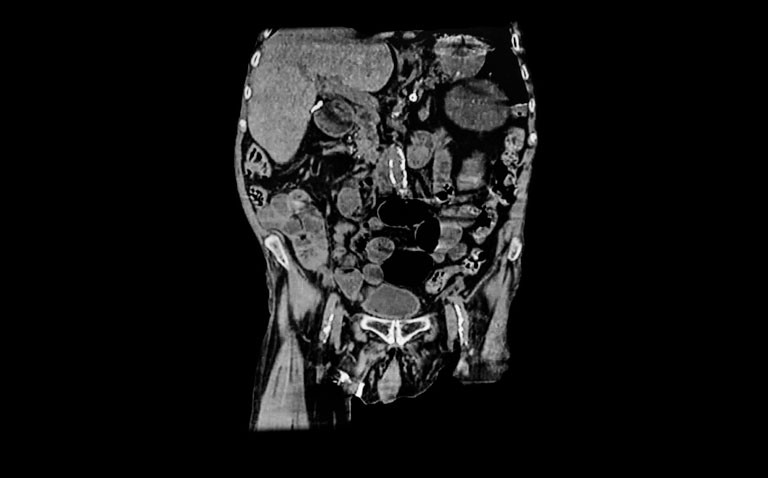Higher abdominal aortic calcification and cardiac troponin 1 levels are associated with a higher ASVD and all-cause mortality in older women
The co-presence of higher abdominal aortic calcification (AAC) and cardiac troponin 1 (hs-cTn1) levels is associated with a greater risk of atherosclerotic vascular disease (ASVD) and all-cause mortality in older women. This was an important finding by researchers from the Medical School, The University of Western Australia, Perth, Australia.
Atherosclerosis is the underlying cause of cardiovascular disease (CVD) and as many as 1 in 3 deaths in women are due to CVD. Evidence also suggests that women tend to experience adverse cardiovascular outcomes such as an acute myocardial infarction, on average, 9 years later than men although from the age of 55, men and women have similar lifetime risks of cardiovascular disease. This parity of risk yet difference in the time for an adverse cardiovascular outcome, suggests a gap in the understanding of cardiovascular disease risks, especially in older women.
The presence of higher levels of abdominal aortic calcification obtained from imaging has been shown to have a have substantially greater risk of future cardiovascular events and poorer prognosis, particularly in older women. Furthermore, higher cardiac troponin I levels have been shown to be independently associated with future cardiac events in elderly women without apparent clinical manifestations. But could measurement of both of these values be of prognostic value in determining the risk of ASVD mortality in older women?
This was the question addressed by the Australian team, who set out to determine whether measurement of AAC and hs-cTn1 levels could be used to provide information on ASVD and all-cause mortality risk in older women.
The team followed up community dwelling women between 2003 and 2013 and for whom AAC and hs-cTn1 values had been measured in 2003. Both AAC and hs-cTn1 measurements were combined into four distinct groups: a low AAC and < median hs-cTn1 (group 1) ; moderate AAC and < median hs-cTn1 (group 2) ; low AAC and > median hs-cTn1 (group 3) and finally, moderate-extensive AAC and > median hs-cTn1 (group 4). For the purposes of their analysis, group 1 served as the reference point.
Findings
The total population included 908 women with a mean age of 79.4 years and 34.9% of whom had moderate-extensive AAC and > median hs-cTn1, i.e., group 4.
When considered separately, compared to women in group 1, those in group 4 had an 84% increased risk of 10-year ASVD mortality and a 37% higher risk of all-cause mortality based on AAC values. Similarly for hs-cTn1, those in group 4 had a 141% increased risk of ASVD mortality and a 106% higher risk of all-cause mortality.
In multivariable adjusted models including both AAC and hs-cTn1, the adjusted hazard ratios for ASVD mortality, compared to group 1 increased from 2.39 (95% CI 1.05 – 5.56, p = 0.039) for group 2, to 3.18 (group 3) and finally 5.38 for group 4, all of which were statistically significant.
Similar increases were observed for all-cause mortality, peaking at an adjusted hazard ratio of 3.02 (95% CI 1.93 – 4.72, p < 0.001) for group 4.
Based on these findings, the authors concluded that these two simple and quick measures were robustly associated with 10-year ASVD and all-cause-related mortality.
Citation
Teh R et al. Abdominal aortic calcification, cardiac troponin I and atherosclerotic vascular disease mortality in older women Heart 2021










